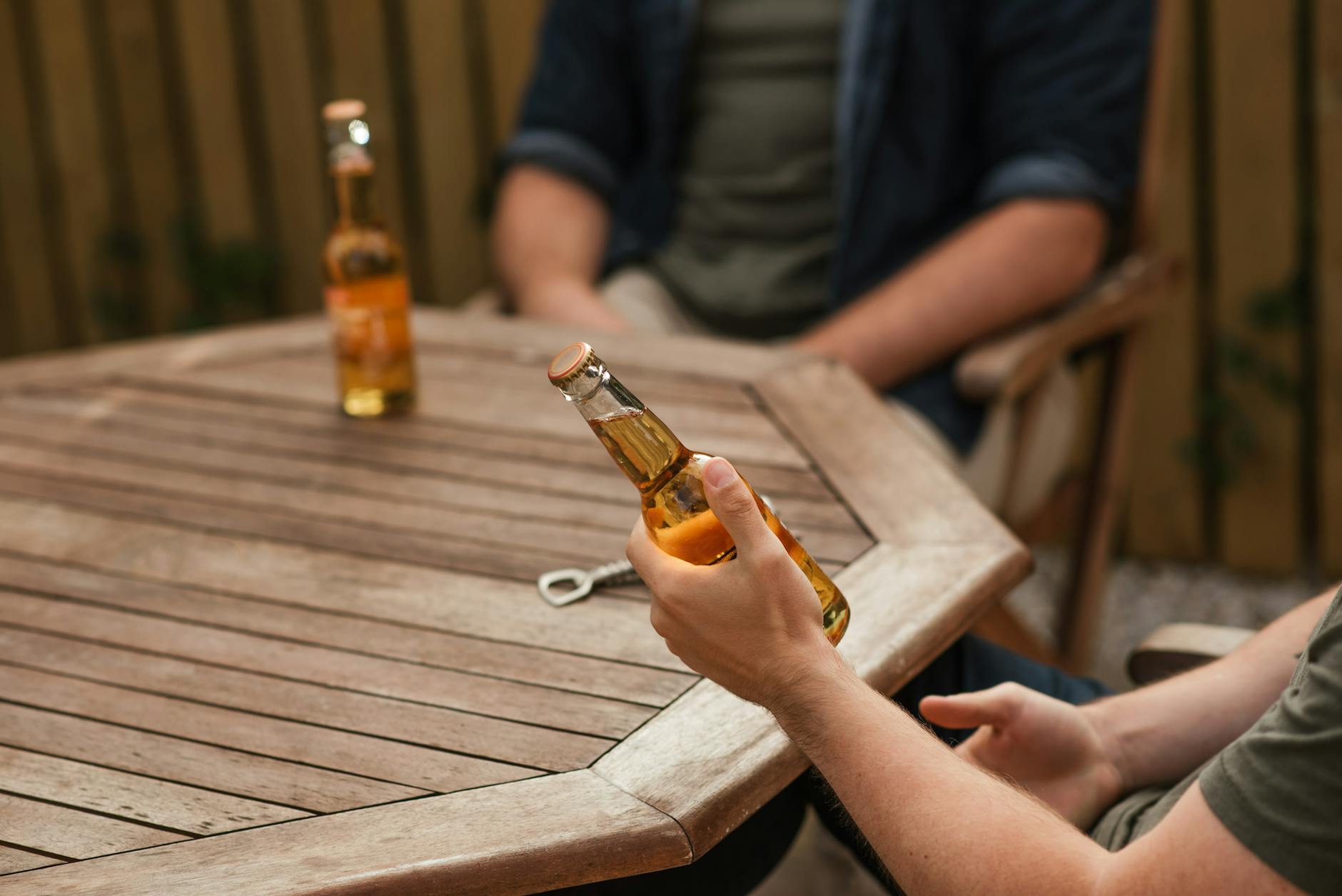Discover the surprising factors that influence alcohol tolerance and find out why some people need more beers to feel drunk.
Table of Contents
Have you ever wondered how many beers it takes to get drunk? The answer is not as straightforward as you may think. Alcohol affects individuals differently based on a variety of factors, from genetics to body weight. In this blog post, we will delve into the science behind alcohol metabolism, individual tolerance levels, and the various factors that influence intoxication.
Understanding Alcohol Metabolism
When you consume alcohol, it is absorbed into your bloodstream through the stomach and small intestine. From there, it travels to the liver, where it is broken down by enzymes. One of the key enzymes involved in alcohol metabolism is alcohol dehydrogenase, which converts alcohol into acetaldehyde. This compound is then further broken down into acetate by another enzyme called aldehyde dehydrogenase. Finally, acetate is broken down into carbon dioxide and water, which are eliminated from the body.
The rate at which your body metabolizes alcohol determines your blood alcohol concentration (BAC), which is a measure of the amount of alcohol in your bloodstream. As your BAC rises, you may start to feel the effects of intoxication.
Individual Tolerance Levels
Alcohol tolerance varies greatly among individuals and is influenced by a variety of factors. Genetics play a significant role in determining how quickly your body metabolizes alcohol. Some people have genetic variations that result in faster or slower alcohol metabolism, affecting their tolerance levels.
Body weight is another important factor in determining alcohol tolerance. Generally, the more you weigh, the more water is present in your body to dilute alcohol, leading to a lower BAC. In contrast, individuals with lower body weight may experience higher BAC levels more quickly.
Gender also plays a role in alcohol tolerance. Women tend to have a higher percentage of body fat and lower levels of alcohol-metabolizing enzymes compared to men, resulting in slower alcohol metabolism and higher BAC levels. Hormonal differences between men and women can also affect alcohol tolerance.
Factors Influencing Intoxication
Aside from individual factors, there are several external factors that can influence how many beers it takes to get drunk. One of the most significant factors is food consumption. Eating a meal before or while drinking can slow down the absorption of alcohol into the bloodstream, reducing the likelihood of intoxication.
Hydration levels can also impact alcohol tolerance. Dehydration can worsen the effects of alcohol and accelerate intoxication. Drinking water between alcoholic beverages can help maintain hydration levels and mitigate the effects of alcohol.
Mixing alcohol with other substances, such as medications or illicit drugs, can have unpredictable effects on intoxication levels. Combining alcohol with certain medications or drugs can increase the risk of adverse reactions and intensify the effects of alcohol.
Additionally, the frequency of alcohol consumption can affect tolerance levels. Regular drinkers may develop a higher tolerance to alcohol over time, requiring more drinks to achieve the same level of intoxication as occasional drinkers.
It is essential to drink responsibly and know your limits when consuming alcohol. Understanding the factors that influence intoxication can help you make informed decisions about when to stop drinking and seek help if needed. By being aware of your own alcohol tolerance and the various factors that contribute to intoxication, you can enjoy alcohol in a safe and responsible manner.
In conclusion, the question of how many beers it takes to get drunk is not easily answered. Alcohol metabolism, individual tolerance levels, and various external factors all play a role in determining intoxication levels. By educating yourself about these factors and practicing responsible drinking habits, you can enjoy alcohol in a safer and more controlled manner. Remember, knowing your limits and seeking help if necessary are crucial steps in ensuring a positive and enjoyable drinking experience.
FAQs
How does alcohol metabolism differ among individuals?
Answer 1: Alcohol metabolism varies based on genetics, body weight, and gender. Some people have genetic variations that affect how quickly alcohol is broken down, while body weight and gender can influence alcohol tolerance levels.
What role does hydration play in alcohol tolerance?
Answer 2: Staying hydrated can help mitigate the effects of alcohol by maintaining hydration levels. Dehydration can worsen the effects of alcohol, so drinking water between alcoholic beverages is crucial for responsible drinking.
Can mixing alcohol with other substances affect intoxication levels?
Answer 3: Yes, combining alcohol with medications or illicit drugs can have unpredictable effects on intoxication. This can increase the risk of adverse reactions and intensify the effects of alcohol, potentially leading to dangerous outcomes.
How does regular alcohol consumption impact tolerance levels?
Answer 4: Regular drinkers may develop a higher tolerance to alcohol over time, requiring more drinks to achieve the same level of intoxication as occasional drinkers. This increased tolerance can pose risks for dependency and other health issues.
Generated by Texta.ai Blog Automation


Leave a Reply